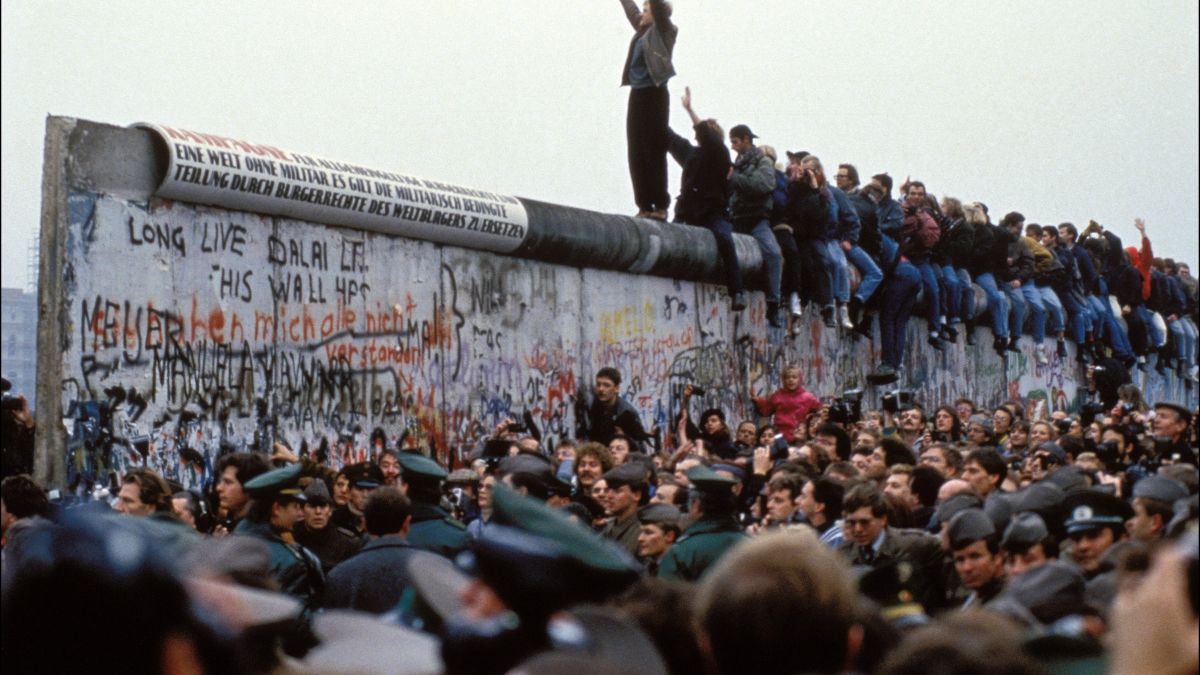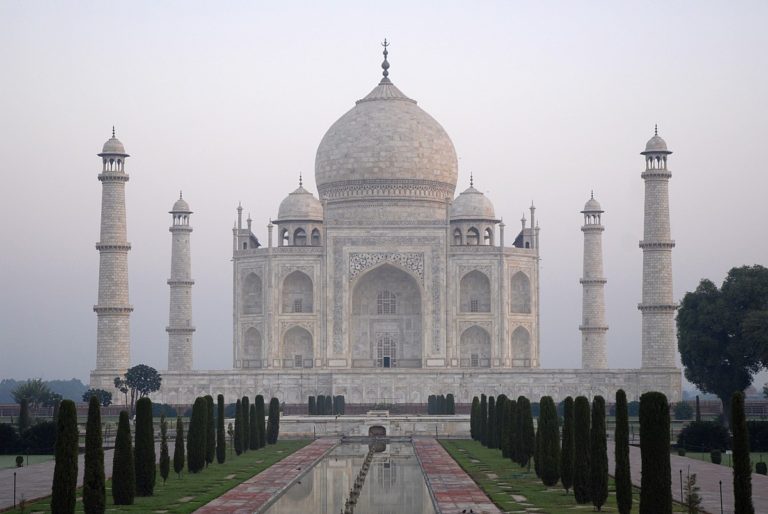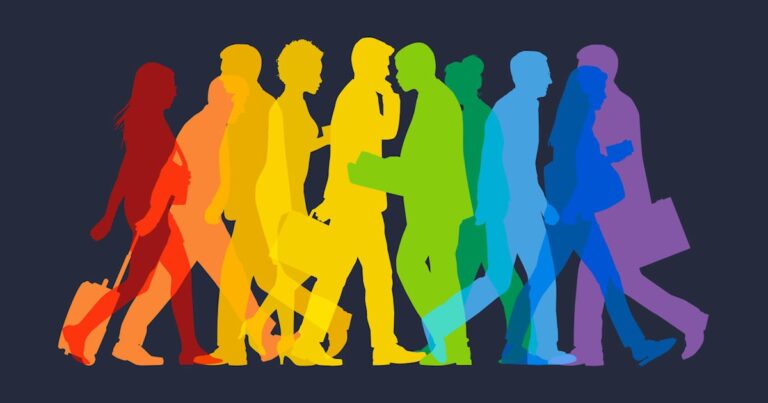
The fall of the Berlin Wall on November 9, 1989, was a pivotal moment in the history of the world, marking the fall of the Iron Curtain, a political barrier from the end of World War II in 1945 until the end of the Cold War in 1991 that divided Europe into two separate areas, and the commencement of communism’s downfall in Eastern and Central Europe. From 1961 to 1989, the Berlin Wall was a guarded concrete barrier that divided Berlin ideologically and physically.
One of the interesting facts is that the Berlin Wall was not one wall, but two. The walls measured 13 feet (4 metres) tall and 96 miles (155 kilometres ) long and these walls were separated by a heavily guarded, mined corridor of land known as the ‘death strip’.The other interesting fact is that the Berlin Wall was so heavily guarded that it was under the constant surveillance of armed East German border guards who were permitted to shoot anybody who attempted to flee to West Berlin.
After its construction, a vast majority of East Germans were no longer able to travel or emigrate to West Germany when the east-west sector barrier in Berlin was closed. From being the easiest place to cross the border unauthorised between West and East Germany, Berlin quickly changed to become the most difficult. Many families were split up, and East Berliners working in the West lost their jobs. In a hostile land, West Berlin became an isolated territory.
During the Cold War, the German Democratic Republic (GDR) built the Wall to keep its population from escaping Soviet-controlled East Berlin to West Berlin. But, more importantly, it served as a metaphor, that is, a line distinguishing democracy and communism. East German leaders had tried to calm the increasing protests by relaxing the borders, allowing East Germans to travel more easily. Their intention was not to entirely open the border and the adjustments were supposed to be minor, but the method by which they were implemented had major repercussions.
WHY DID THE WALL COME DOWN?
Following World War II, the Soviet Union and its erstwhile Western allies partitioned Europe, gradually constructing an “Iron Curtain”. The occupying powers – the United States, the United Kingdom, France, and the Union of Soviet Socialist Republics (USSR) – divided Germany as it was defeated, with the Soviets occupying the eastern part. The German Democratic Republic became the Soviet Union’s stronghold in Western Europe.
However, Berlin was divided into four ways, with French, American, and British zones in the west and a Soviet zone in the east. East Germany surrounded West Berlin, turning it into an island. Because East Berlin was losing people to the West, the wall was eventually constructed in 1961. By the 1980s, the Soviet Union was experiencing acute economic hardships and severe food shortages, and the explosion of a nuclear reactor at the Chernobyl power plant in Ukraine in April 1986 was a significant moment in the communist bloc’s oncoming downfall.
The Soviet Union relinquished control of Eastern Europe, officially ending the forty-four-year-long Cold War. The Soviet-backed regimes fell apart, and the United States became the sole global superpower. The wall came down partly due to a bureaucratic error, but it did so in the midst of a wave of revolutions that brought the Soviet-led communist bloc on the verge of collapse and helped establish a new world order. The Wall separating communist East Germany and West Germany collapsed in the evening of November 9, 1989, five days after half a million people assembled in East Berlin in a mass protest.
WHAT WAS THE EFFECT OF ITS FALL?
The sudden fall of the Berlin Wall laid the foundation of Germany’s reunification and marked the end of Germany’s Communist era. Its fall weakened the already unstable East German government at political, economic, and social levels. On 3rd October , 1990, 11 months after the Berlin Wall collapsed, Germany was reunited. Shortly after, the inner German border collapsed which was the border between the Federal Republic of Germany (West Germany) and the German Democratic Republic (East Germany) from 1949 to 1990.
The Soviet Union disintegrated after the fall of the Berlin Wall, and the Warsaw Pact was disabled in 1991. The fall of the Berlin Wall, the subsequent reunification of Germany, and the collapse of the Soviet Union had allowed NATO (The North Atlantic Treaty Organization) and the European Union (EU) to reach Russia’s borders. Every member of the Warsaw Pact in Europe had joined the EU or NATO by 2004.
By – AARUSHI BISHT
Write and Win: Participate in Creative writing Contest and Essay Contest to win fabulous prizes


